Monitoring Ecosystems in a Changing World
How does the CA-CESU assess and encourage health at organismal to ecosystem scales? Ecosystems are easily stressed by human activities, climate change, sediment, nutrients, and pollutants. Ecosystem monitoring is critical to ecosystem health and answers important questions about the effectiveness of programs to maintain ecosystem health. By monitoring ecosystems, we as stewards can better understand the health of the organisms, facilitating conversations of ways in which we can best support them. Learn more about projects that are monitoring ecosystems in a changing world below.
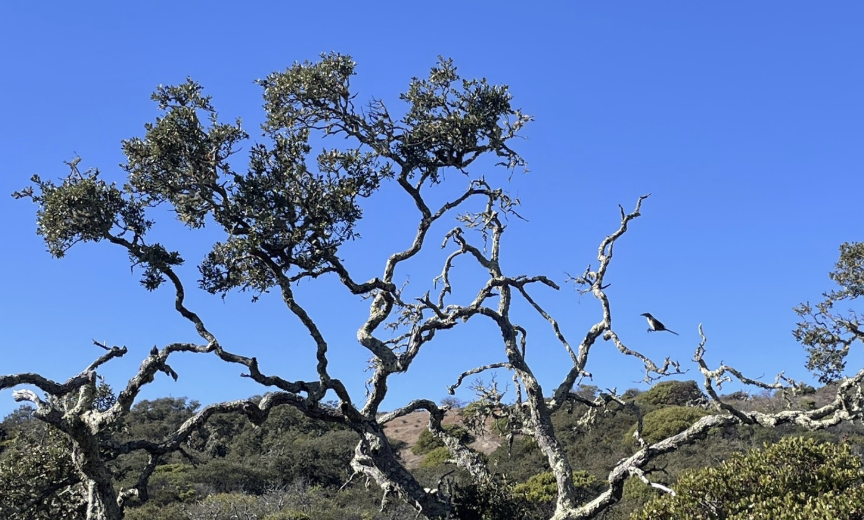
[image caption]
Habitat Suitability Models for Priority Landbird Species of the Channel Islands in a Changing Climate
Years Active: 2024-2025
PI: Tom Gillespie (University of California, Los Angeles)
This project will analyze long-term landbird monitoring data collected by the Mediterranean Coast Network of the NPS Inventory and Monitoring Program. Landbirds are one of ten “vital signs” of ecosystem health that the NPS program monitors. To provide managers with needed information on the anticipated impacts of climate change on landbirds, this project will produce habitat suitability models for priority landbird species of the Channel Islands. These species include the American Kestrel, Chipping Sparrow, Grasshopper Sparrow, Hutton's Vireo, Island Scrub Jay, Loggerhead Shrike, Orange-crowned Warbler, Rufous-crowned Sparrow, Song Sparrow, and Western Meadowlark. This work will provide important information about habitat preferences, inform translocation planning, and evaluate the effects of a changing climate on species ranges.
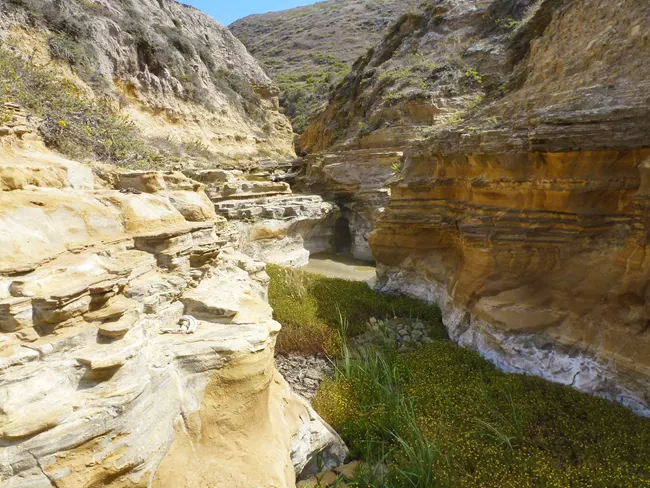
[image caption]
Stream Condition Monitoring and Analysis in Channel Islands National Park and Santa Monica Mountains National Recreation Area
Years Active: 2024-2025
PI: Daniel Pickard (California State University, Chico)
The Mediterranean Coast Network (MEDN) of the NPS Inventory and Monitoring (I&M) Program has identified water quality and riparian integrity, both measures of stream condition, as high-priority "vital signs" of ecosystem health to monitor within the program. Chico State has collaborated with MEDN I&M since 2014 to implement annual long-term stream condition monitoring in Channel Islands National Park (CHIS) and Santa Monica Mountains National Recreation Area (SAMO). For this project, Chico State and NPS investigators will work together to analyze the stream condition data collected from 2016-2024 at CHIS and SAMO.
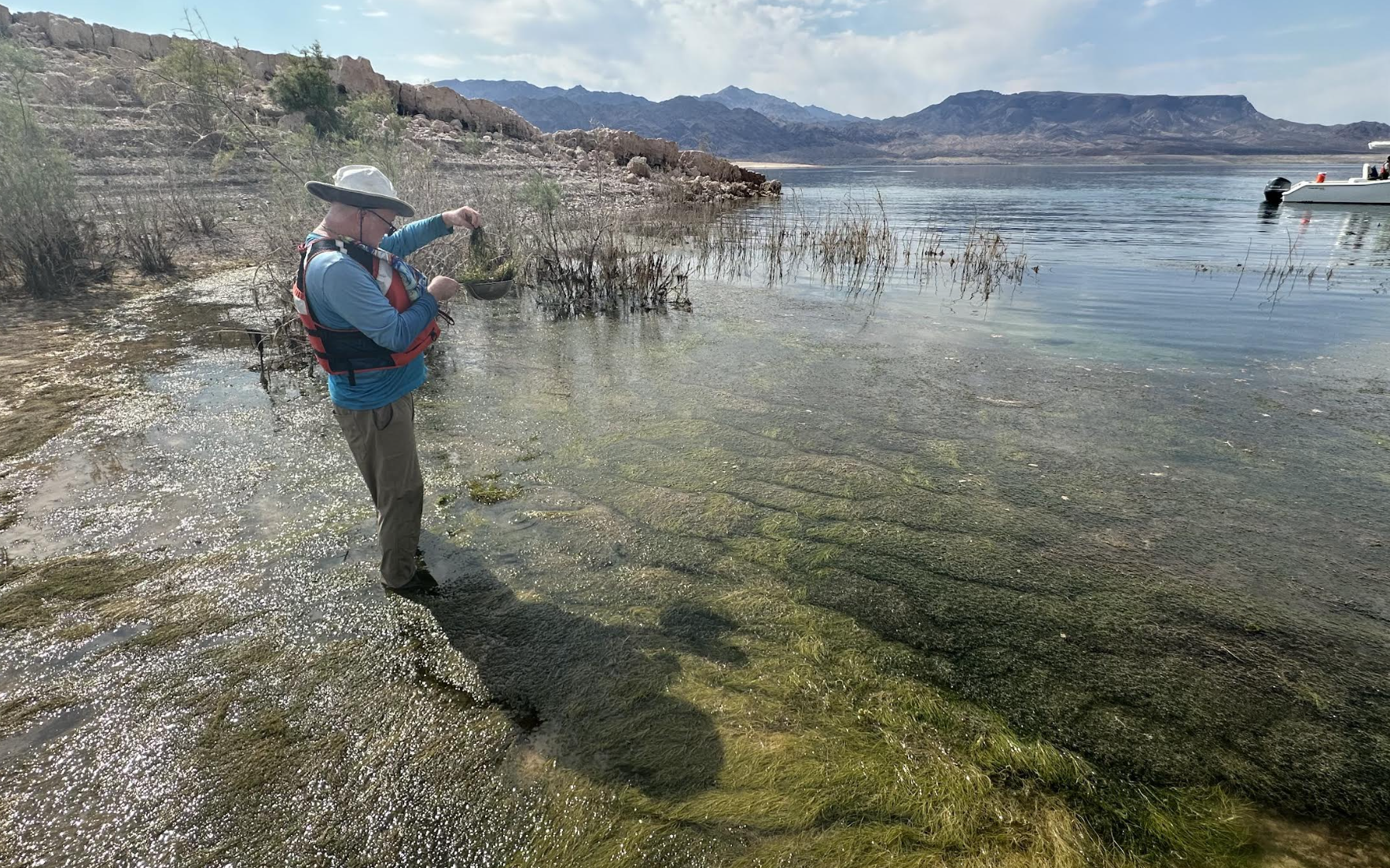
[image caption]
Identifying Parasites at Lake Mead
Years Active: 2024 - 2025
PI: Adler Dillman (University of California, Riverside)
This project aims to locate an emerging parasite in Lake Mead National Recreation area, a trematode known as heterobilharzia americana. This parasite uses Galba sp., a species of aquatic freshwater snail as an intermediary host. Heterobilharzia americana poses a large health risk for dogs, as the parasite can cause canine schistosomiasis, a potentially lethal disease. In humans Heterobilharzia americana can cause cercarial dermatitis, commonly known as swimmers’ itch, which is nonlethal. As Lake Mead is open to canine recreation, it is important to understand where this parasite and its intermediate hosts occur, so visitors have an awareness of the health risks of certain areas. University of California, Riverside, will conduct a project to survey the high use beaches where snails and dogs are most likely to interact with the parasite and the intermediate host. Samples of the intermediate host will be collected for PCR analysis. Raccoon feces will also be collected as they can contain trematode eggs as well. The project’s other objective is to identify whether the intermediate snail hosts are present in Lake Mead’s boundaries, as their absence could prevent or delay migration of the parasite.
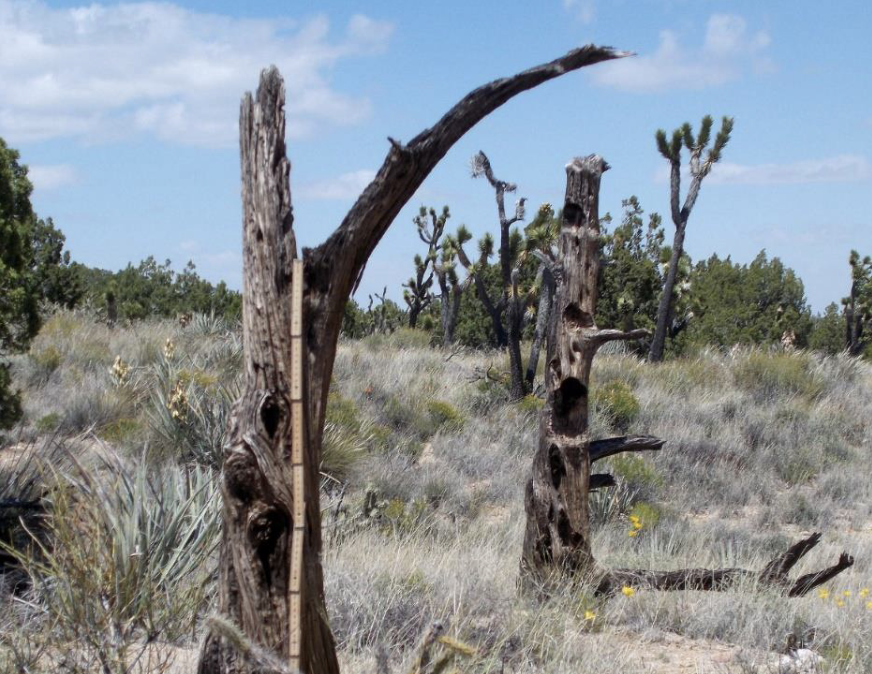
Investigating the History of Pre-Euro Settlement Wildfires in Mojave National Preserve
Years Active: 2021-2025
PI: Joseph R. McAuliffe (Desert Botanical Garden)
This project set out to collect and analyze evidence for the distribution and timing of wildfires that occurred in the Mojave National Preserve before European settlement in the mid-late 1890s. Data was collected at multiple un-burned sites within the footprints of the 2023 York Fire and 2005 Hackberry Complex fires. Physical evidence of past wildfires included the remains of fire-hollowed stumps and standing trunks of juniper trees as well as living trees bearing fire-damaged surfaces. To determine the timing of fires that caused this observed damage, a special application of radiocarbon dating, wiggle-match radiocarbon dating, was used. The time of death of individual trees ranged from the mid-late 1300s to the early-mid 1800s, and no evidence was found at any of the surveyed sites that large wildfires took place more recently than the mid-1800s.
The project found evidence that wildfire was a natural process that occurred in all surveyed areas before European settlement. The general lack of significant wildfires in the New York Mountains study area during the 1900s is attributed to the impacts of livestock grazing. Since livestock were removed from most of the Mojave National Preserve in 2000, restoration of the native perennial grasses has exhibited a remarkable rebound. Consequently, current ecological conditions are likely more similar to those present before European settlement. This change may bring back a naturally occurring regime of wildfire. The 2023 York Fire can be viewed as a manifestation of that return.
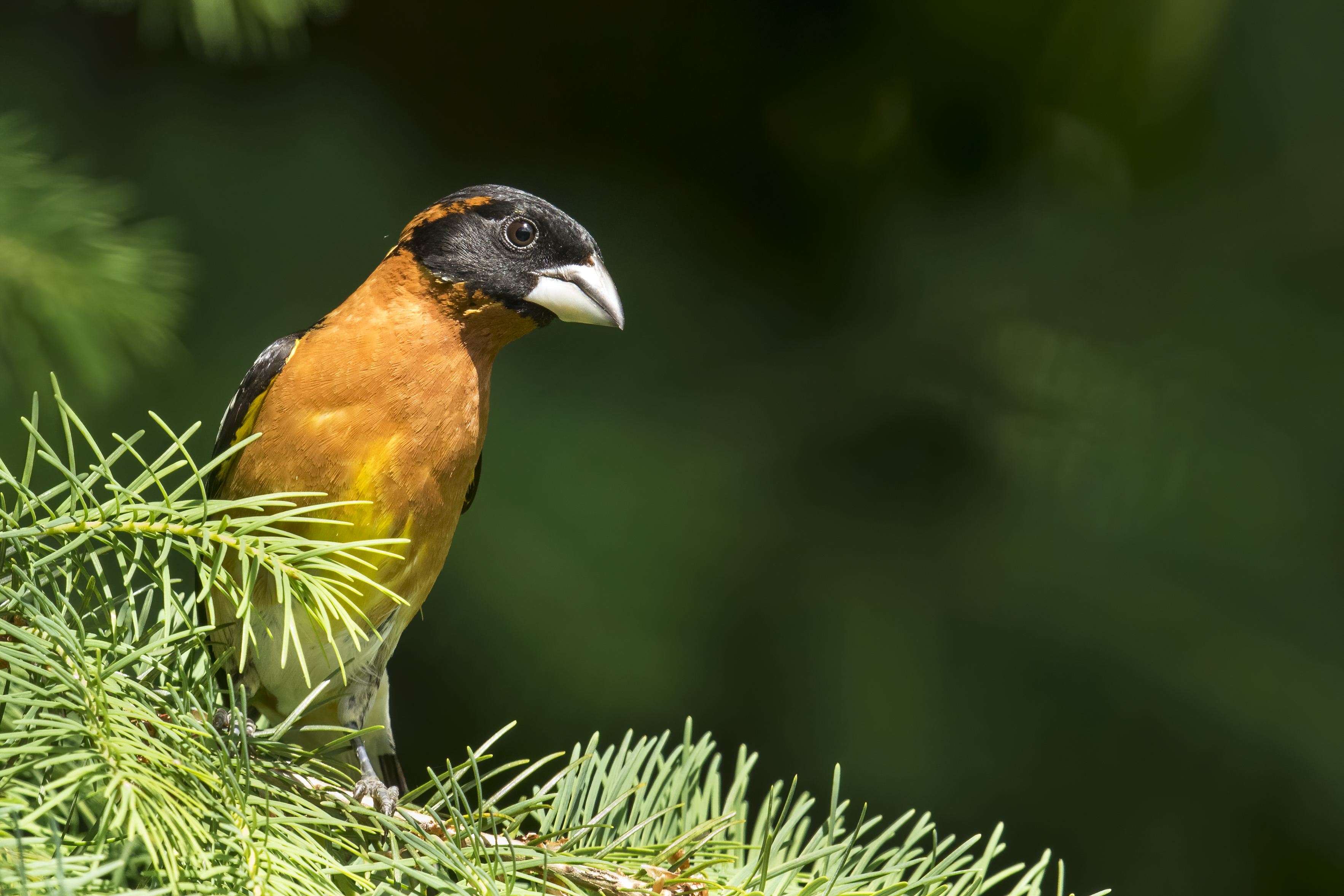
[image caption]
Study of Landbird Population Responses to Climate Change in National Parks
Years Active: 2023-2033
PI: Rodney Siegel (The Institute for Bird Populations)
This project seeks to understand how landbird populations respond to annual weather variations and climate change. This work utilizes monitoring data from the NPS Inventory and Monitoring Division (IMD), which collects bird population data on NPS lands across the US. In addition to summarizing multi-species trends across IMD networks, the project will collate IMD data for selected species and develop and implement models that describe their population responses to annual climatic variation.
This project also seeks to facilitate better integration between monitoring programs in the future. To do so, it will recommend minor adjustments to individual monitoring programs based on lessons learned from model development and testing. Additionally, results and management implications will be shared with NPS staff, the CESU, other natural resource managers, and the public.
This project will promote a broader public understanding of the protocols and standards for assessing bird populations and the factors that might affect birds on public lands. Monitoring population trends in national parks is especially important because parks are among the few sites in the United States where population trends due to large-scale regional or global patterns are relatively uncompounded with local land use changes. Additionally, long-term monitoring throughout IMD provides information that will inform future decisions about important management issues in the parks, including visitor impacts, fire management, and impacts of invasive species and predicted climate change.
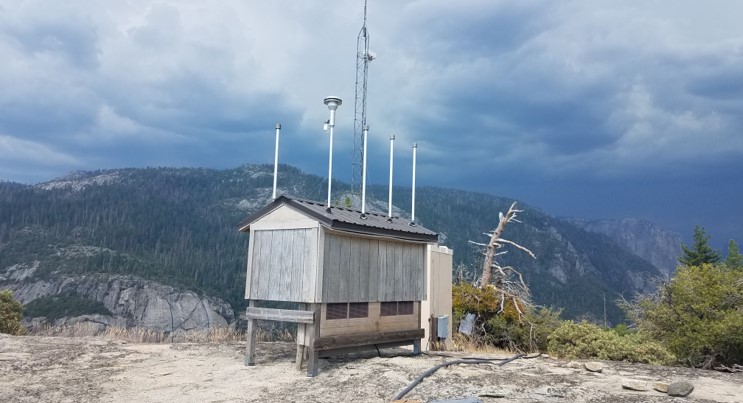
[image caption]
Research and Development to Support the Interagency Monitoring of Protected Visual Environments (IMPROVE) Program
Years Active: 2024-2026
PI: Ann Dillner (University of California, Davis)
Air pollutants can negatively affect visitor experiences in National Parks and wilderness areas by causing haze that degrades vistas and by affecting natural ecosystems. The aerosols that cause the haze are measured through the Interagency Monitoring of Protected Visual Environments (IMPROVE) program. Through this project, UC Davis, in collaboration with the NPS, will conduct ongoing investigations of IMPROVE data, procedures, analytical methods and equipment in order to better quantify uncertainties and improve and ensure data quality.
This project is a continuation of a long-standing cooperative agreement between the NPS and UC Davis in support of the IMPROVE monitoring program. As technology has advanced, there have been changes in UC Davis equipment, methods, and procedures. Part of the proposed research is focused on identifying and testing new technologies and determining their suitability for incorporation into the IMPROVE network. This work will ensure high-quality data suitable for tracking long-term haze trends in national parks, and allow for the identification and development of the best management practices to protect park resources. This work will be used by the NPS, as well as air pollution control agencies and other land managers, to protect vistas and ecosystems for the benefit of the public.
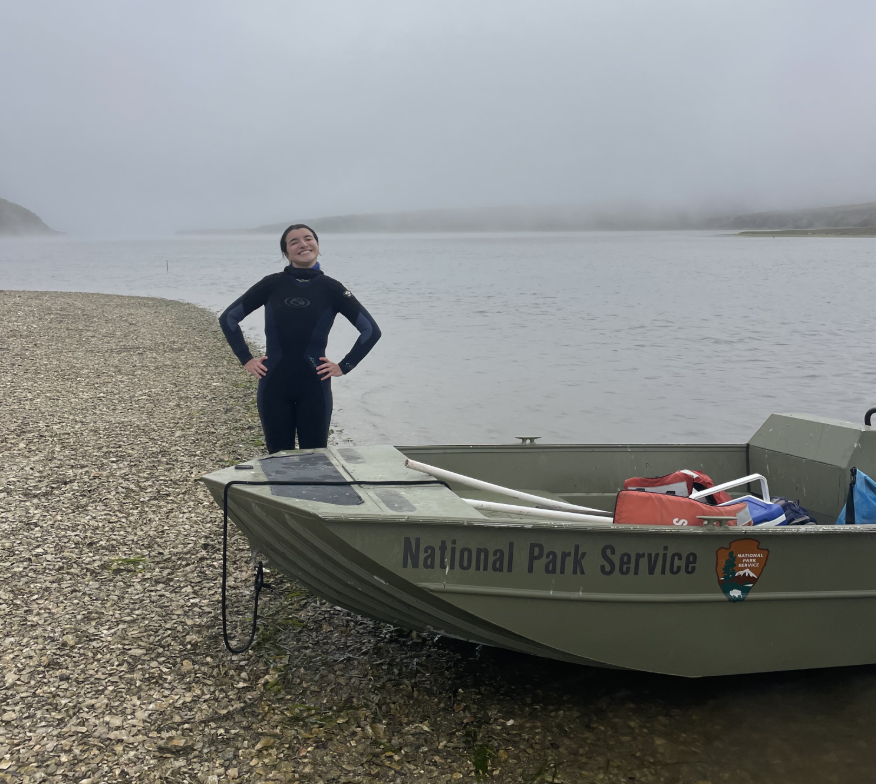
[image caption]
Modes of Reproduction in Post-Restoration Eelgrass (Zostera marina) beds in Drakes Estero, California
Years Active: 2023-2025
PI: Sarila Young (San Francisco State University)
This project focuses on the growth of Zostera marina (eelgrass), in the Drakes Estero restoration area, post-removal of 3.7 million pounds of debris which remained after the closure of an Oyster aquaculture facility. The debris previously prevented the establishment of eelgrass, so this study aims to understand its re-establishment, comparing eelgrass growth in areas which were heavily impacted by the debris to areas of lighter impact. Specifically trying to discover whether the spread of eelgrass has been through sexual reproduction, seeds, or asexual reproduction, rhizome root systems. Understanding this can contribute to future restoration efforts and help predict eelgrass population resiliency under fluctuating environmental conditions due to climate change.
This project also aims to assess a second component of Drakes Estero, an invasive colonial tunicate, Didemnum vexillum (DVex). DVex, and colonial tunicates, are organisms which consist of a connected collection of many tiny sea squirts, called zooids. DVex has established itself within multiple estuaries and marinas along the Pacific Coast, including Point Reyes. This organism can determinately alter habitat complexity by overgrowing and out-competing native invertebrates. This study will investigate the genetic variation in DVex at Drakes Estero compared to other locations, and try to understand the role that different environmental factors play in determining genetic diversity. Establishment of invasive species into nature reserves is rare, which only speaks to the level of invasiveness and aggression of DVex. Understanding the structure of colonial tunicates is important to preventing the invasion of DVex into other restoration sites.
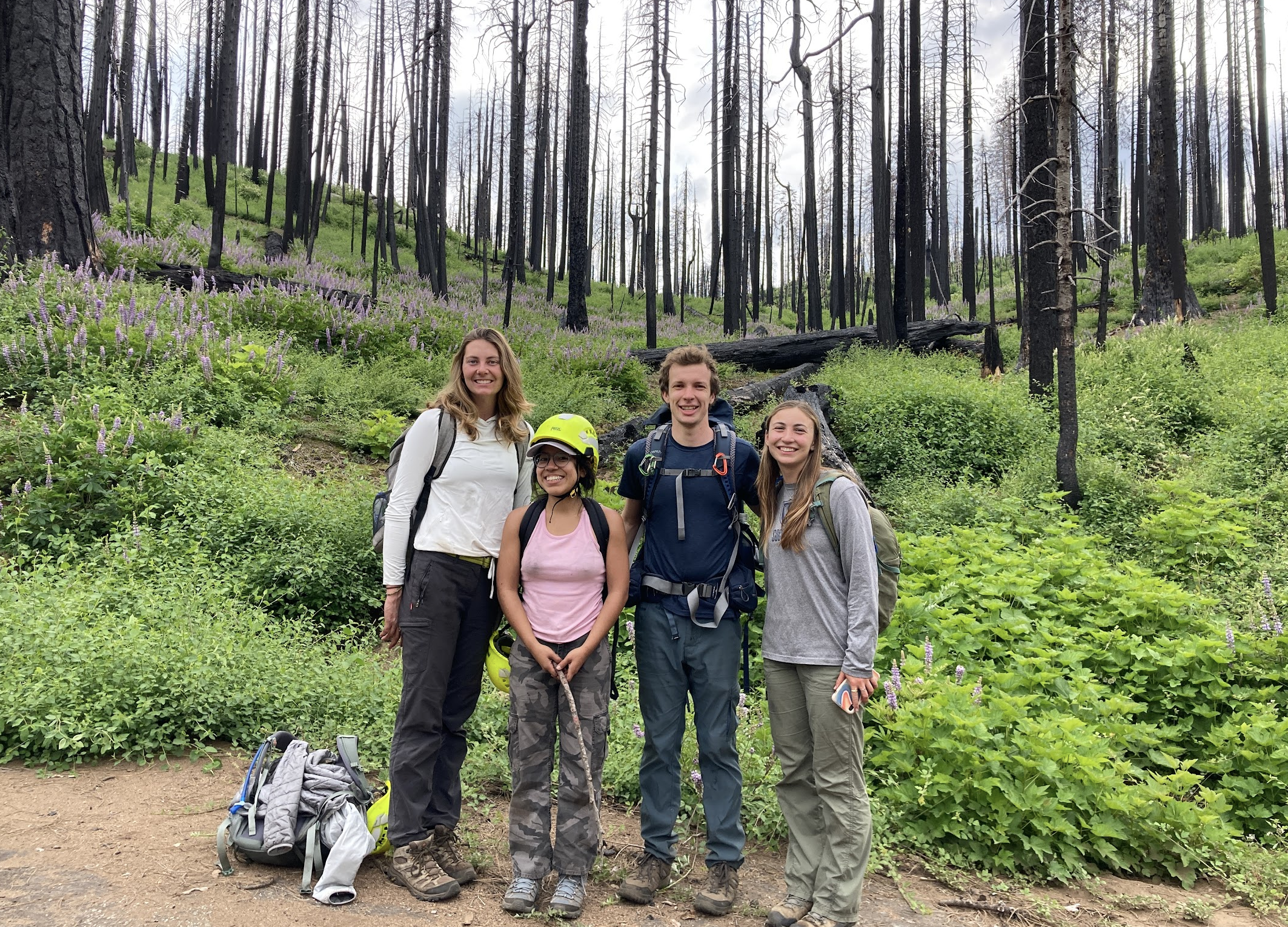
[image caption]
Giant Sequoia Regeneration after High-Severity Fire
Years Active: 2024-2027
PI: Dr. Leander Anderegg, and Dr. Anna Trugman (University of California, Santa Barbara)
Giant Sequoias benefit from low to moderate severity fires, as fires allow their cones to open and release seeds for recruitment. However, the frequency of high severity fires in California is increasing, which poses an extreme and not very well understood risk to Giant Sequoia groves. After a high severity fire, the burned environment may be inhospitable to seedlings, or may not receive sufficient seeds to regenerate, or both. Stress from drought and increased summer temperatures are added elements associated with regeneration failure and growth limitation. In partnership with Sequoia-Kings Canyon National Park, UCSB researchers plan to try and understand the mechanisms underpinning conifer regeneration failure in relation to drought and heat stress, particularly for the Giant Sequoia. Determining how high severity burns alter the microclimate, water availability, and temperature which seedlings experience; quantifying how the physiological thresholds of drought and heat which link Giant Sequoia growth and survival to microclimate; and testing whether there are large genetic differences in these physiological thresholds across seeds used for restoration planting, are all vital components to better understand the broader regional trend of widespread limitation of conifer regeneration after high severity burns in CA and the Western US. It is important to understand how to mechanistically predict future post-fire Giant Sequoia regeneration, as it further enhances our ability to target effective management interventions to overcome specific causes of regeneration failure.
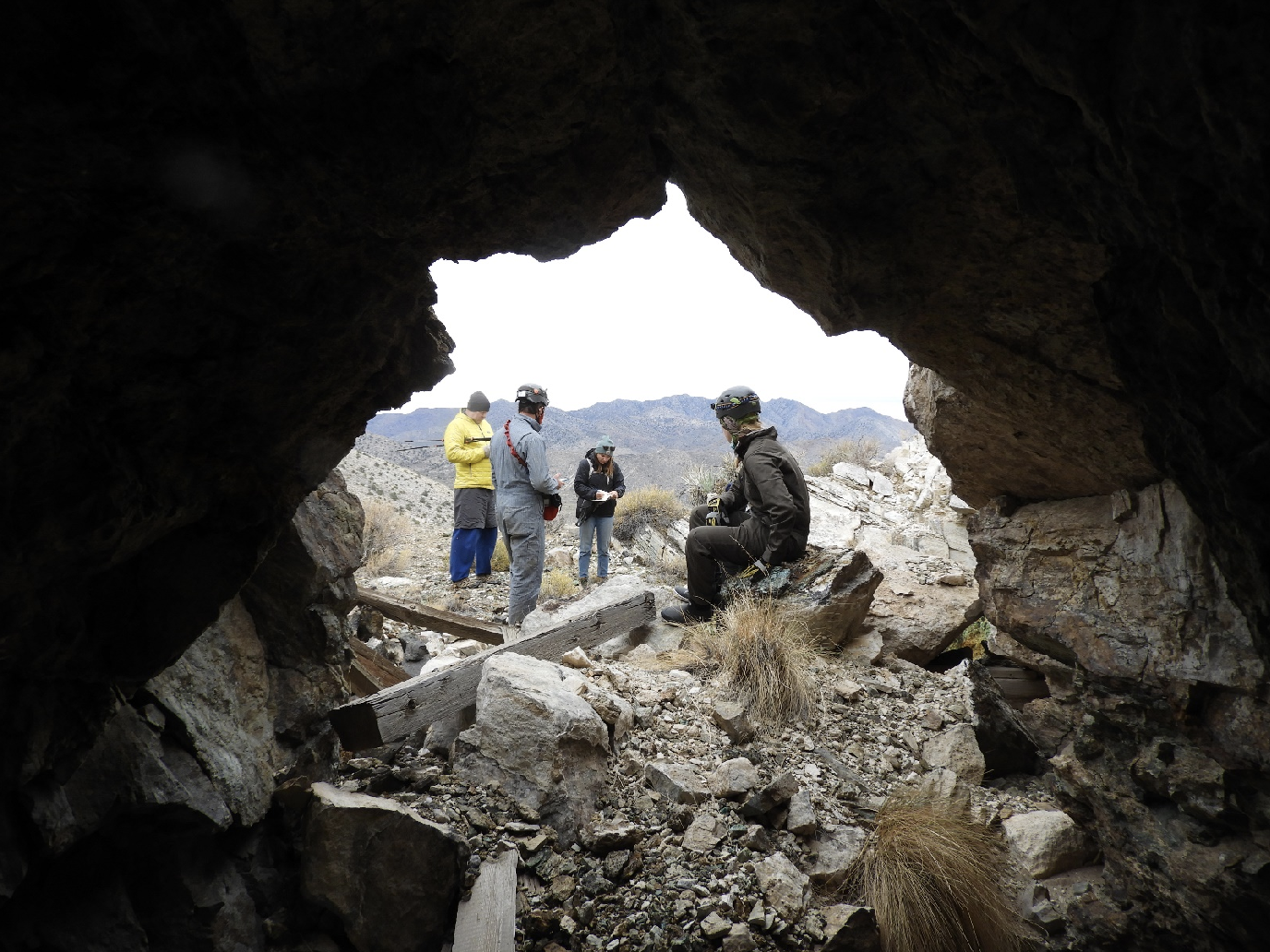
Internal Wildlife Surveys of Abandoned Mineral Lands In Mojave National Preserve
Years Active: 2021-2024
PI: Shawn Thomas (Bat Conservation International)
The goal of this project is to complete internal wildlife surveys at abandoned mine sites in Mojave National Preserve. Internal surveys of abandoned mine features not yet remediated were completed and internal surveys of previously installed remediations. Surveys will include mines with and without remediations. The objective is to document the presence, abundance, and activity of any wildlife species observed, Methodology to complete this may include mapping underground workings, LiDAR scans for a limited subset of features of interest, identifying wildlife signs, recording measurement of rock surface temperature and relative humidity.
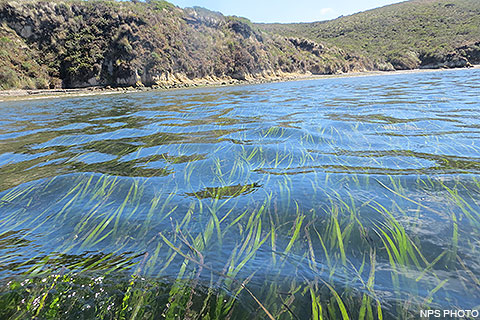
Mapping Eelgrass using an Unmanned Aircraft System at Drakes Estero
Years Active: 2019-2020
PI: Max C.N. Castorani (University of Virginia)
In 2016 and 2017, the NPS conducted an estuarine restoration of the Drakes Estero by removing 3.8 million pounds of debris from the estero floor. This debris precluded growth of native eelgrass and fostered the growth of non-native species. Through this project, researchers will monitor the regrowth of eelgrass after the restoration and conduct in-house monitoring of the eelgrass beds. This project will be assisting in the promotion, facilitation, and improvement of the public's understanding of the natural resources of Point Reyes National Seashore. Information from this project will be disseminated to the public via reports, the web, and popular media.
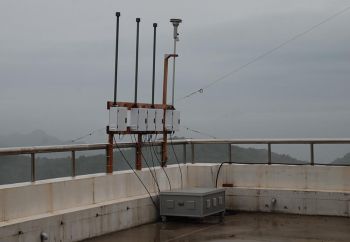
Research and Development to Support the Interagency Monitoring of Protected Visual Environments (IMPROVE) Program
Years Active: 2021-2025
PI: Ann Dillner (University of California, Davis)
This work continues a long-standing cooperative agreement between the NPS and UC Davis in support of the IMPROVE monitoring program. The IMPROVE program establishes current visibility and aerosol conditions in various areas. This specific extension of work has four phases which includes enhanced data quality assurance, analytical method development, sampling method improvements, and outreach and communication. Sound scientific data is necessary to inform NPS on air quality management techniques. These four phases help improve the overall quality of the IMPROVE program which also benefits the federal, state, and local air quality management agencies. NGOs and industry groups also use the information developed under this project. In all cases, the public benefits from this data with clearer and healthier skies.
